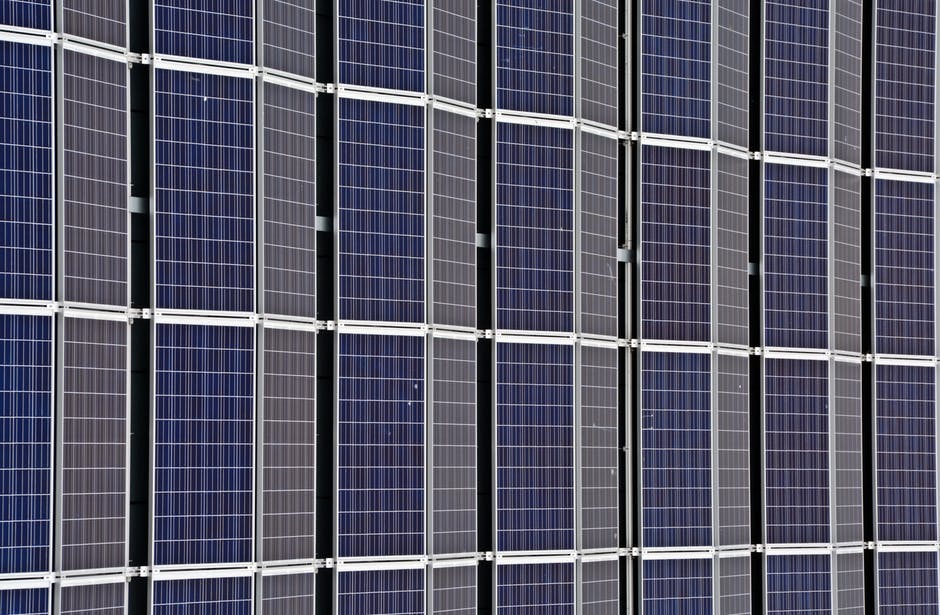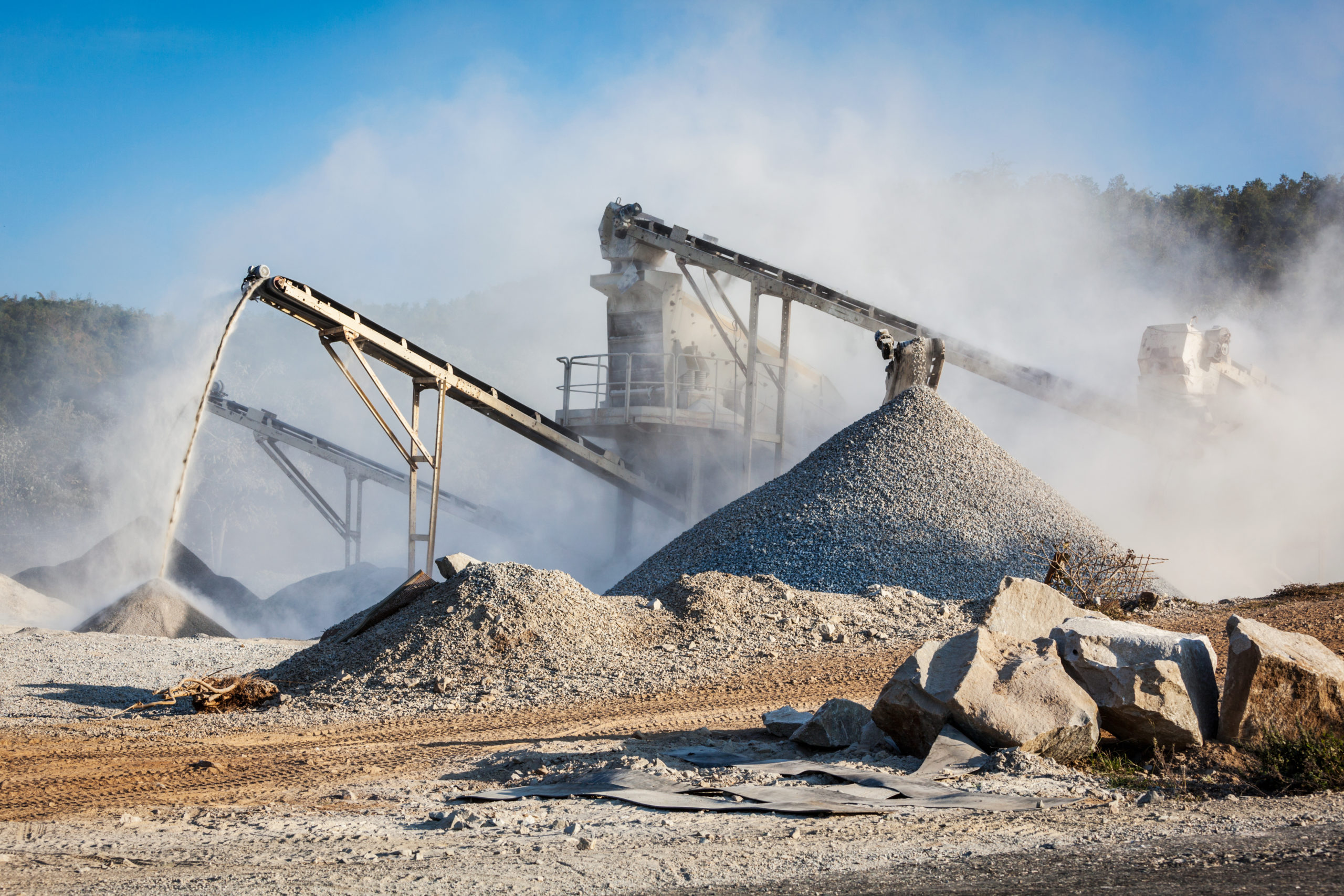Did you know you have a choice when it comes to the positioning of solar panels installed on a building structure? Horizontal solar panels are too common, and it might come as a surprise to many that solar panels can be installed vertically. Yes, vertical solar panel installation is not only possible, to some extent, it might serve as a feasible option too.
Uncertain on which direction your solar panels should be installed? Here’s is some help.
The Importance & Challenges Of Solar Panel Orientation
In the generation of electricity, solar power offers several advantages like unlimited supply, zero raw fuel costs, and no environmental problems like transport, storage, or pollution. Practically speaking, solar power is available almost everywhere, surprisingly even on the moon.
Read: Solar Architecture – It’s Time To Design Buildings That Use Solar Energy Positively
When considering solar power for a building, the first question that you might ask is: “Which is the right direction for my solar panels so that they produce maximum power?” To extract most out of that solar panel arrangement, it is important that it is pointed or “orientated” directly at the suns radiant energy. This is because the more the direct sunlight falls on the surface area of these panels, the more output the photovoltaic panel will produce.
But again, getting the correct orientation isn’t easy, irrespective of being perfectly aligned, the photovoltaic solar panels are one stationary object that is fixed (either on the roof or mounted on the frame). Now coming to the sun, it is important to note that the sun is never in one stationary position and keeps on changing its position constantly making the correct solar panel orientation even more challenging.
Now the main test to grab maximum benefit of free solar power is to ensure that a photovoltaic solar panel or a complete PV arrangement, is suitably orientated and positioned with regards to the direct sunlight coming from the sun at all times of the day.
Vertical Solar Panels – A Rising Trend Or Hardly Hanging On?
Maximum solar panels are installed almost horizontally, either on the roofs or on the ground mounts, to maximize benefits. The reasons are quite simple, first, it’s easier and cheaper to install and can stand without the need for scaffolding. Secondly, horizontal setups are extensively tested and streamlined for both roof- and ground-mounted systems, hence the industry is quite well set up for this type of installation. Basically, installing solar panels on the side of a building structure is hardly the first choice for any developer, but few customers prefer vertical wall-mounted arrangement.
One example that caught our eyes, New York installer Quixotic Systems assembled a 37-kW array on the side of Urban Health Plan’s Simpson Pavilion. The traditional rooftop array seemed impractical on this hospital roof due to limited roof space, but at four stories tall, there was sufficient room on the south side of the building. This unique display made the developers wonder how vertical installations could make perfect sense.
High-quality roofs are scarce, hence solar installations on the roof are becoming difficult. Well, a vertical solar panel might not be the first choice, but when a roof is almost totally clogged, it may be a decent option. Commercial buildings designs might have no or very limited roof space, but mostly it has ample of unused side facades. Smacking some solar panels on this unused side of the building is a trend that is slowly and steadily catching up.
Benefits Of Installing Vertical Solar Panels

There are a few very serious benefits to installing vertical solar panels, as opposed to the horizontal ones:
1. Make Use Of Unused Space
As already mentioned, the sides of buildings are archetypally large (except maybe for windows). Hence these sides are perfect for straight rows of solar panels all along the face. Also, the taller the building, the more is the space to install vertical panels which can also mean more energy savings.
2. Self-Clean
Another thing to note is that when solar panels are kept horizontal they will not self-clean as effectively as panels that are vertically oriented. There are high chances of dust accumulating over it which can impede the process of production of electricity. On the other hand, Vertical solar panels are more likely to get washed when it rains.
Also, for those who live in snow-heavy areas, installing vertical solar panels can help with production. When snow completely covers the panels for weeks during winters, sun rays might not reach the panels. Since snow restricts solar energy from reaching the panels the sunny days during those cold months go waste, vertical solar panels work best in such areas.
Vertical Solar Panels And Solar Production
Optimal solar production is all about panel placement, but how well does it work with vertical ones? Placing solar panels facing directly south, at a right angle to the sun is not that simple. The height of the sun in the sky changes from season to season, it stays low on the horizon during the winters and higher during the summers.
So, logically vertical panels get more energy in winters as the sun is lower in the sky. But, during the summers, when the sun is high in the sky, vertical panel placements really starts to disturb production. But, exactly how much it disturbs production depends entirely on the location.
Simply put, as you get closer to the equator, the energy production from vertical solar panels decreases as the angle of the solar panel in relation to the sun becomes less and less ideal. Hence, installing solar panels vertically is not a 100% perfect idea.
Challenges To Vertical Solar Panels
As we’ve seen, the orientation of solar panel is key to reap all the benefits of solar. When it comes to installation panels vertically you might face few challenges:
- Lower Production – Yes, snow and dust cover are no issue, but what about loss during the summer months? Installing solar panels is a money saving investment, but lower energy production would mean more time for the system to pay off that investment, typically it hurts your ROI.
- Installation Challenges – Installing vertical solar panels on the side of a building demands staging, unique mounting hardware, and higher safety considerations than installing horizontal solar panels on the ground or roof.
- High Installation Costs – Installation challenges undoubtedly mean higher installation costs, which increases the overall expenses.
- Tough Maintenance/Repair – In event of post-installation breakdown or malfunctioning, hands-on troubleshooting could turn into a big issue with vertical solar panels. To solve the issue, panel or technicians would have to either build scaffolding or drop down from the top. Both of these ways are not easy and involve life risks.
Final Thoughts
Higher installation costs tied with lower production possibly indicates vertical solar panels will always be a smaller segment of the solar industry. Keeping in mind the challenges, financial investments and higher production rates, it’s quite difficult to say if these vertical panels are a good choice.
Read: Solar Architecture – It’s Time To Design Buildings That Use Solar Energy Positively
Curated by editor at Wienerberger India
Like this story? Or have something to share? Write to us: gosmartbricks@gmail.com or connect with us on Facebook and Twitter.













